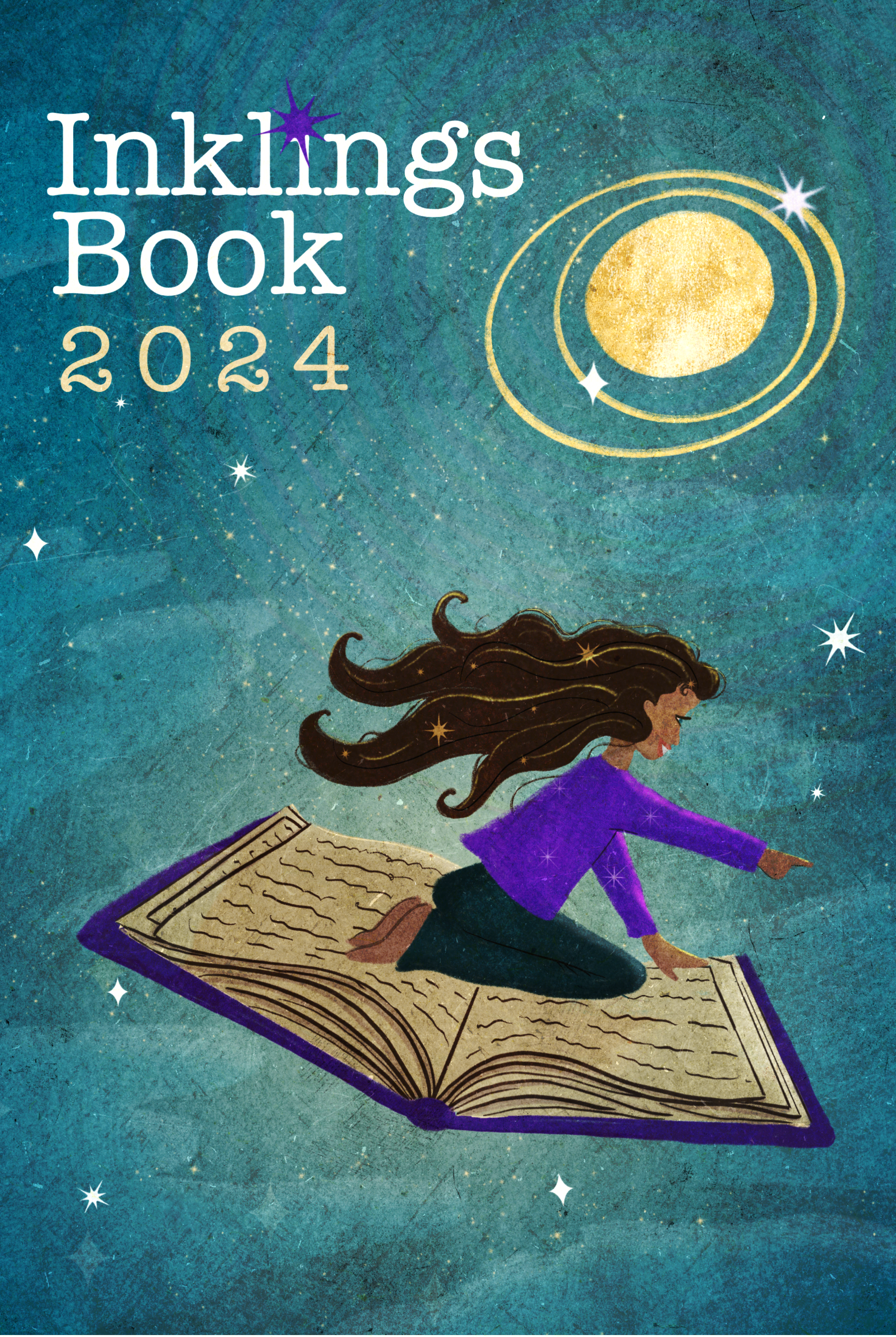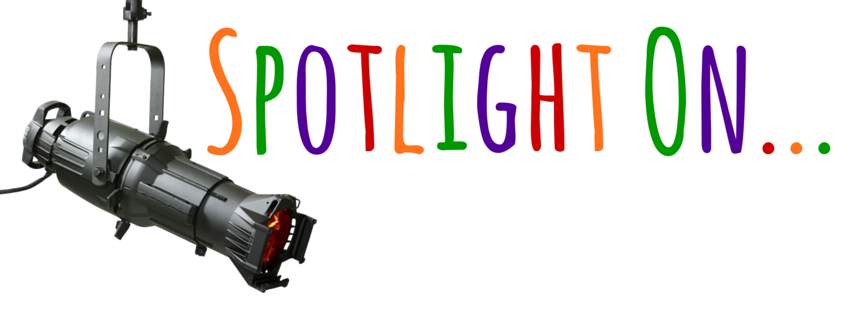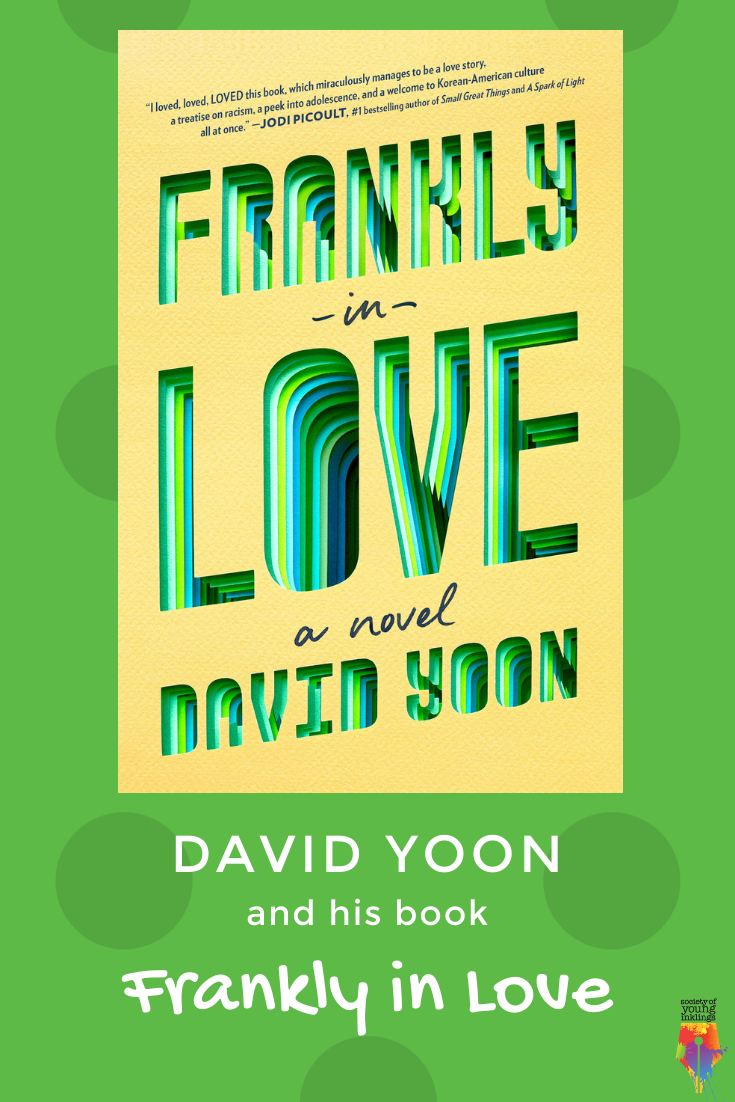Writerly Play Kit 018
Structuring Peer Feedback Conversations
Writerly Play for Educators
Structuring Peer Feedback Conversations
When writers become strong collaborators for one another, you multiply the opportunity for your students to push their thinking in your classroom. However, too often, students breeze through a quick read and tell one another, “Great job!” Or, if they do provide feedback, they might pose comments as instruction, “You should change this thing,” or nitpick errors, “Don’t you know how to spell?”
Structured conversations may not feel natural at first, but as in all elements of creative thinking, structure gives us a frame within which to play.
In this WP Kit, we’ll look at one strategy for structuring peer feedback conversations and a couple problem-solving techniques to tackle issues that could come up along the way.

KNOW – THINK – WONDER

Most students are familiar with the know – think – wonder process as a way to organize their thinking as they begin a new topic of study. The structure is also particularly helpful when it comes to feedback about writing.
First, the writer and their peer read the piece together. Then, the listener shares with their partner what they know for sure after having heard the piece. This matter-of-fact report both eases the students into the feedback conversation. Additionally, writers may find that items that they thought were sufficiently clear are not on the know list. Writers should note what they hear in a “know” list on a page that they’ve split into three columns.
Next, listeners should share what they think is true. Maybe they think the character is a patient person, or they think they’re probably in second grade. Again, the writer notes these items in the “think” list on their page. Often writers want to move the “think” items into the know category, and if they choose, they can brainstorm ways they might do so with their partner after the structured part of the conversation is complete.
However, the third piece of the conversation, before any brainstorming begins, is for the listener to share what they wonder. These questions open understanding for the writer into what the reader wants to know. Sometimes the questions are exactly what the writer intended. The listener wants to know, “What will happen next?” If the piece isn’t complete, this feedback is excellent news.
Once both writers have given feedback, as long as the collaboration is working well, the writers may then choose to brainstorm together, avoiding “you should” language, and instead asking questions. For instance, they might ask, “I wonder what might happen if …” or “What if x tried y,” etc.
ANTICIPATING ROUGH SPOTS
When you model one of these conversations by playing listener to one of your students, it’s a great idea to wade into challenging water and model how a writer or listener might respond. A few rough spots to model include:
1. What if the writer thought they made something clear, but it shows up on the “think” or “wonder” list? What types of questions might they ask to clarify what’s unclear without becoming defensive?
2. What if the listener has an amazing idea for the story? How might they share it in an open-ended way? How might the writer handle the feelings that sometimes come along with not wanting to use “someone else’s idea?”
3. What if the listener makes a mistake and nitpicks or gives feedback that hasn’t been invited as part of the structured conversation? How might the two work that out and still move forward with an effective collaboration?
I also find it helpful to discuss how a writer might make final decisions about what to keep and what to change. Those decisions begin with the writer knowing what impact they wish to make on the reader. If they want a reader to laugh, to turn pages faster, their decisions should enhance that desired effect. Ultimately, revision isn’t about fixing mistakes, it’s about making a piece more of what the writer wishes it to be.
“We don’t write what we know. We write what we wonder about.”
-Richard Peck, author of many books, including The Best Man
What’s Up At SYI this Month?
STUDENT WRITING CHALLENGE
Starting fresh
This month, David Yoon has given us a fresh new writing challenge…
Imagine you suddenly moved to a new school in a new town where no one knew anything about you. It’s a huge opportunity to be the self you’ve always wanted to be…
Tell us about it! What would you do, and how would you change? Would you change at all? What would you hope to get from this fresh start?
Aim for between 350 and 1000 words. Have your students submit their responses HERE and they might be published on our website!
INK SPLAT
David Yoon
This month, we talk to author David Yoon about his book, Frankly in Love. In this interview, we learn about acceptance and representation and David’s writing process..
I definitely want readers to think about acceptance. How much time do we wish we were someone/somewhere else, instead of accepting the reality of where we are right now? How much time do we wish people around us were someone else? The opposite of acceptance is denial, and I want more people to be aware of how often our habit of denial kicks in in our daily lives. It’s a super tough habit to break, but I think doing so leads to acceptance, which is one of the most worthwhile pursuits imaginable.

INKLINGS CONNECT
THE INKLINGS BOOKS ARE HERE!
Order your copies at your favorite local bookstore or grab them from Bookshop.org. We can't wait for you to read them!




